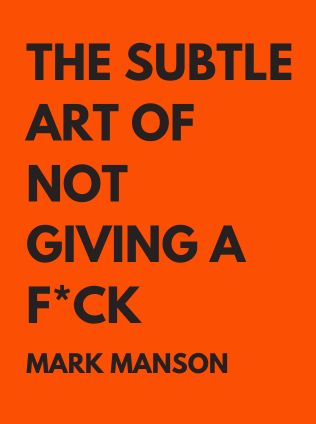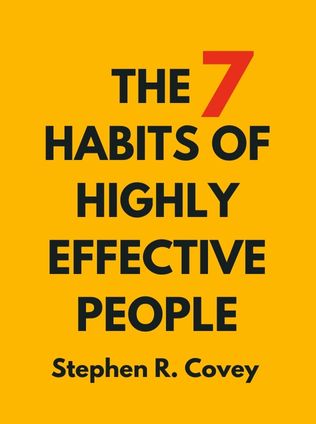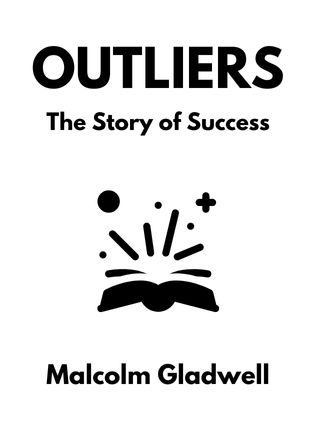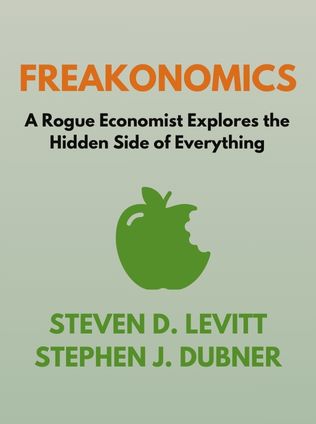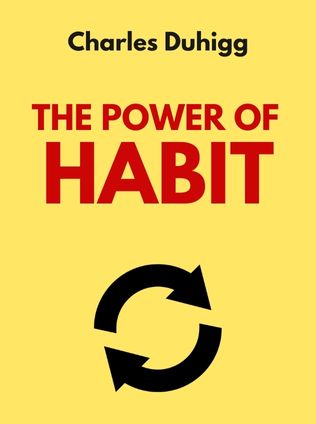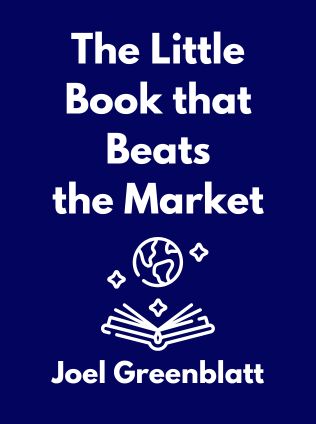
The Little Book that Beats the Market
A Guide to Beating the Market for All Ages
By Joel Greenblatt
Published 07/2010
About the Author
Joel Greenblatt is a renowned investment expert and a managing partner of Gotham Capital, a private investment partnership that has achieved impressive returns since its inception. Greenblatt is a professor on the adjunct faculty of Columbia Business School, the former chairman of the board of a Fortune 500 company, the co-founder of ValueInvestorsClub.com, and the author of several influential books on investing, including "You Can Be a Stock Market Genius". He holds a BS and an MBA from the Wharton School.
Main Idea
The essence of "The Little Book That Beats the Market" is the introduction of a "magic formula" for investing that allows individuals to achieve extraordinary long-term investment results with low risk. This formula is based on two key principles: buying good companies at bargain prices and maintaining a disciplined investment strategy. Greenblatt asserts that by following his simple, step-by-step approach, investors can outperform market averages and professional investment managers consistently.
Table of Contents
- Saving Money
- Investing in a Company
- The Stock Market
- The Magic Formula
- Magic Formula Investing
- Investment Fundamentals
In-Depth Analysis
Saving Money
Greenblatt emphasizes the importance of saving money as the foundation for investing. He shares a humorous anecdote from his childhood about spending money on frivolous items from a company called Johnson Smith, which sold novelties like whoopee cushions and imitation dog vomit. This story illustrates the lesson that money saved can be better utilized for future needs rather than wasted on fleeting pleasures.
Greenblatt explains the basic options for saving money, including the traditional bank savings account, which offers low but guaranteed returns. He contrasts this with investing in bonds, where lending money to companies can yield higher returns, albeit with greater risk. He introduces the concept of the risk-free rate, typically represented by long-term U.S. government bonds, and stresses the need for investments to offer higher returns than this baseline to be worthwhile.
Investing in a Company
Investing in a company means buying a share of its future profits. Greenblatt uses a case study of Jason's Gum Shops to illustrate this point. By purchasing shares, investors become part-owners of the company and are entitled to a portion of its earnings. The challenge is to determine whether the price paid for the shares represents a good deal based on the company's potential for future profits.
Greenblatt provides a detailed example, breaking down the company's income statement to show how profits are calculated after accounting for costs and taxes. He highlights the importance of evaluating the return on investment (ROI) by comparing the earnings per share to the price paid for the shares. This calculation helps investors decide if the investment offers a better return than other low-risk options like government bonds.
The Stock Market
Greenblatt explains the volatility of stock prices and the importance of understanding market fluctuations. He introduces the concept of Mr. Market, an allegory created by Benjamin Graham to represent the stock market's unpredictable nature. According to Greenblatt, investors should not be swayed by Mr. Market's moods but should instead focus on the intrinsic value of the companies they invest in.
To minimize risk and maximize returns, Greenblatt advocates for buying shares at a significant discount to their estimated value. This margin of safety ensures that even if the market's valuation fluctuates, the investment remains sound. He discusses the challenges of accurately valuing a business and emphasizes the need for a disciplined approach to investing.
The Magic Formula
The core of Greenblatt's strategy is the magic formula, which combines high earnings yield with a high return on capital. He explains that this formula helps identify good companies available at bargain prices, leading to consistently profitable investments. The formula's simplicity belies its effectiveness, as evidenced by extensive testing and historical performance data.
Sign up for FREE and get access to 1,400+ books summaries.
You May Also Like
The Subtle Art of Not Giving a F*ck
A Counterintuitive Approach to Living a Good Life
By Mark MansonRich Dad Poor Dad
What the Rich Teach Their Kids About Money - That the Poor and Middle Class Do Not!
By Robert T. KiyosakiHow To Win Friends and Influence People
The All-Time Classic Manual Of People Skills
By Dale CarnegieFreakonomics
A Rogue Economist Explores the Hidden Side of Everything
By Steven D. Levitt and Stephen J. Dubner
